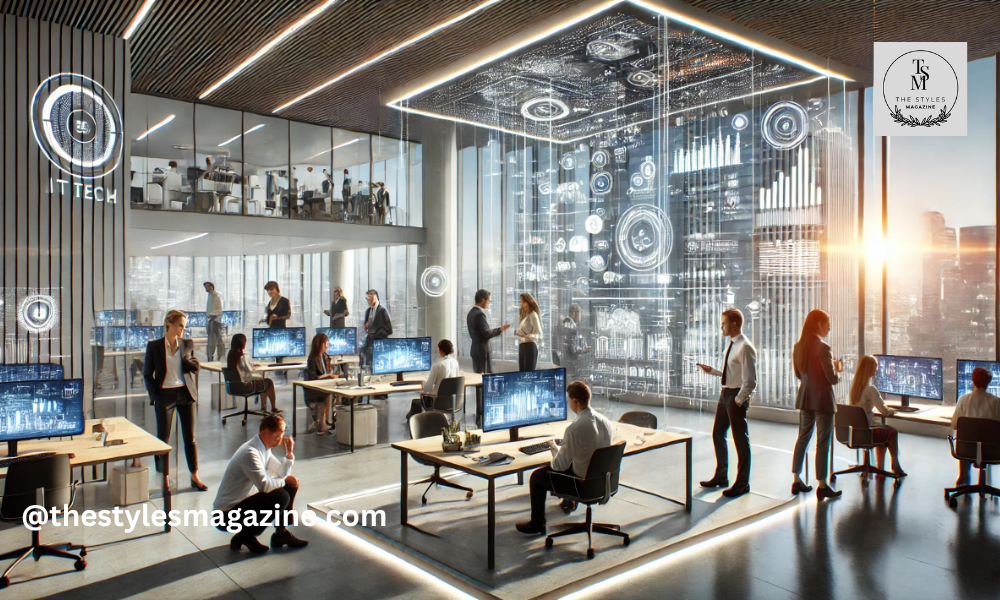Fashion editors hold a unique position in the industry, curating content that shapes trends and influences audiences. Their work is a blend of creativity, organization, and strategic thinking, making it both demanding and rewarding. This article provides a glimpse into the daily routine of a fashion editor, revealing the intricate processes behind creating captivating stories and visual narratives. For aspiring professionals, understanding the dynamics of this role can spark interest in pursuing careers in fashion journalism. Moreover, integrating tools like case study technology is revolutionizing how editors analyze trends and engage with their audience.
Starting The Day: Planning And Research
The day of a fashion editor begins with meticulous planning and research. Mornings often involve scanning global fashion updates, reviewing runway collections, and analyzing seasonal trends. Editors must be ahead of the curve, identifying patterns and opportunities to craft compelling stories. This phase is also about understanding audience preferences and aligning them with the magazine’s editorial vision.
Here, technology plays a vital role. By leveraging tools like case study technology, editors can assess consumer behavior, evaluate successful campaigns, and determine content strategies that resonate with readers. This analytical approach complements their creative instincts, ensuring a well-rounded editorial direction.
Collaborative Work: Meetings And Creative Direction
Collaboration is at the heart of a fashion editor’s role. Midday is typically filled with meetings involving writers, photographers, stylists, and designers. These sessions are where ideas come to life, with teams brainstorming concepts for photo shoots, feature articles, and layouts. An editor’s ability to communicate a vision and inspire creativity within the team is essential.
The use of data-driven insights from case study technology can be a game-changer during these discussions. By presenting data on audience engagement with past features, editors can guide the team toward content that aligns with both trends and reader interests. This synergy between intuition and technology elevates the creative process.
The Creative Process: Styling And Content Development
Afternoons are dedicated to the hands-on aspects of content creation. This includes overseeing photo shoots, selecting wardrobe pieces, and fine-tuning written content. The fashion editor acts as a curator, ensuring every detail reflects the magazine’s aesthetic and standards.
Digital tools are indispensable in this phase, from mood boards and styling apps to trend forecasting platforms. Additionally, the insights gained from case study technology aid editors in curating styles and narratives that appeal to their target demographic. By combining creativity with technological insights, editors can produce content that is both innovative and relatable.
The Business Side: Deadlines And Publication Management
Behind the glamour of fashion editing lies a rigorous business aspect. Editors must manage tight deadlines, coordinate with advertisers, and oversee the final stages of publication. Budgeting, client communication, and ad placements are just a few of the logistical challenges they navigate.
Balancing the creative and business sides of the role requires strategic thinking. Here again, data analysis provided by tools like case study technology proves invaluable. By understanding what works and what doesn’t, editors can optimize content and streamline workflows to meet both artistic and commercial goals.
Inspiring The Next Generation: Careers In Fashion Journalism
For those aspiring to enter the world of fashion journalism, the role of a fashion editor offers a perfect blend of creativity and strategy. Success in this field requires a combination of skills, including trend forecasting, communication, and a deep understanding of the audience. With the growing importance of technology in the industry, familiarity with tools like case study technology is becoming increasingly valuable.
Magazines like The Styles Magazine are always on the lookout for fresh talent to bring innovative ideas to the table. Aspiring editors, writers, and stylists can find exciting opportunities to contribute to the ever-evolving world of fashion media.
Conclusion
The life of a fashion editor is as dynamic and multifaceted as the industry they represent. From planning and collaboration to creativity and business management, every aspect of their day plays a crucial role in shaping the magazine’s identity. By embracing technology and data-driven tools like case study technology, fashion editors can enhance their impact, making their content more engaging and relevant. For those dreaming of a career in fashion journalism, the insights and opportunities presented by this role make it an inspiring and rewarding path to pursue.
Thank you for exploring our Blog! For additional captivating content, feel free to explore the corresponding category.
Understanding Simpcith: A Simple Guide To Maximizing Efficiency And Success

